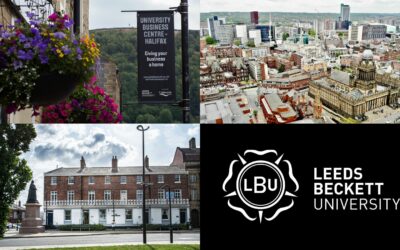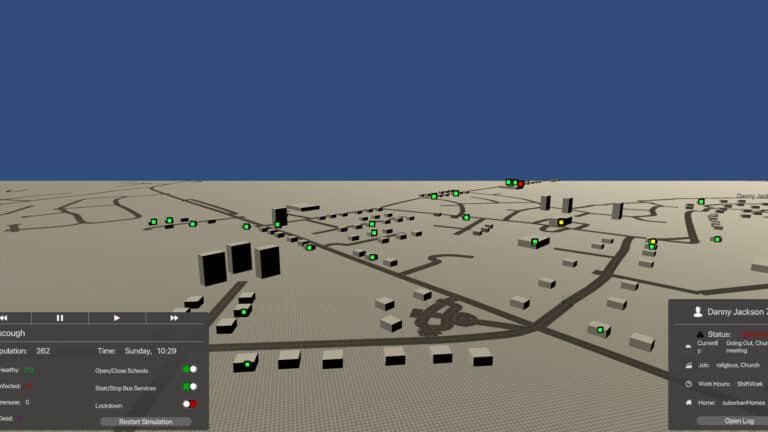CGA Simulation is working with the government, to create a “pattern of life” mathematical model, which better predicts the spread of Covid-19.
The Baltic Triangle-based firm is looking at how the virus spreads in local communities, using Agent Based Modelling (ABM), which examines how it moves from person-to-person.
CGA said that what makes their tool different from most academic research, is because it assumes that each “thing” being modelled has its own free-will to interact independently with the world around it. Ordinarily, modelling operates with a hive mind.
“Our technology acknowledges that each person in a community has a different commute to work, school or the gym, different friends and hobbies. Each ‘person’ we model in our digital world makes independent decisions about where they go and what their daily activities are, giving a more realistic view of how people’s movements around a town or a city can impact on disease spread,” explained Jon Wetherall, Managing Director of CGA Simulation, and simulation modelling expert.
“Modelling that gives us more detailed insights into human/viral interactions would help create ‘combination interventions’. We can model the risks associated with opening up different parts of society: cinemas + school + sports facility, to create mix and match interventions. We would open up and lockdown sections of society, activities or spaces at different times. We can also model risks associated with different numbers of friends and family meeting in groups, inside or outside at any one time, to find out what the upper limit of safer is.”












